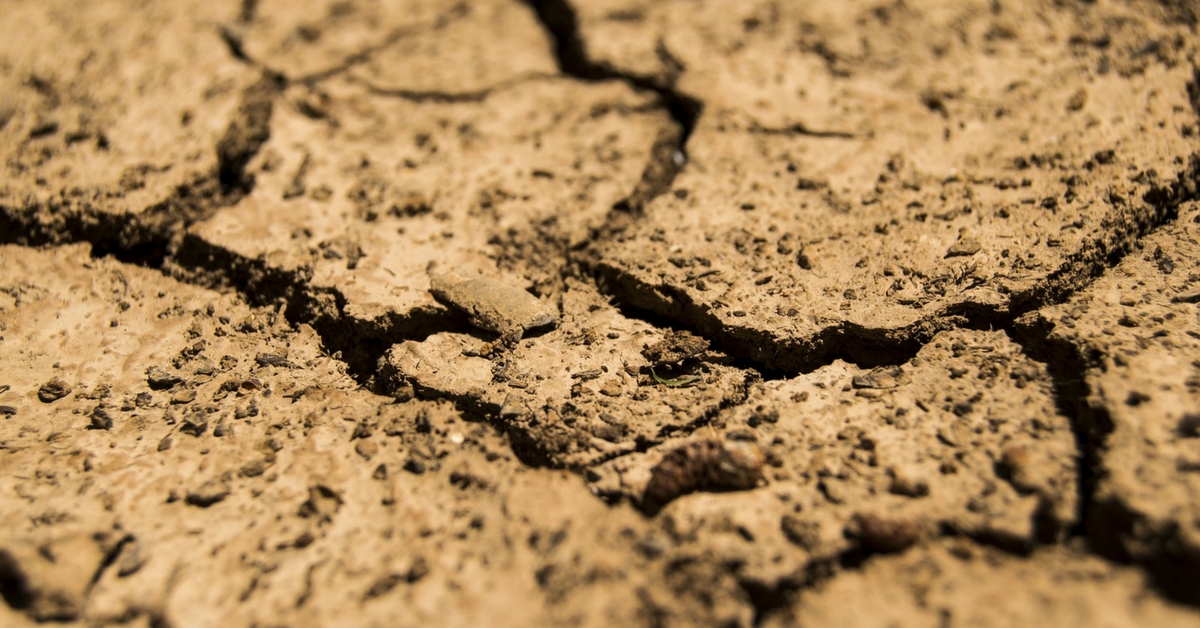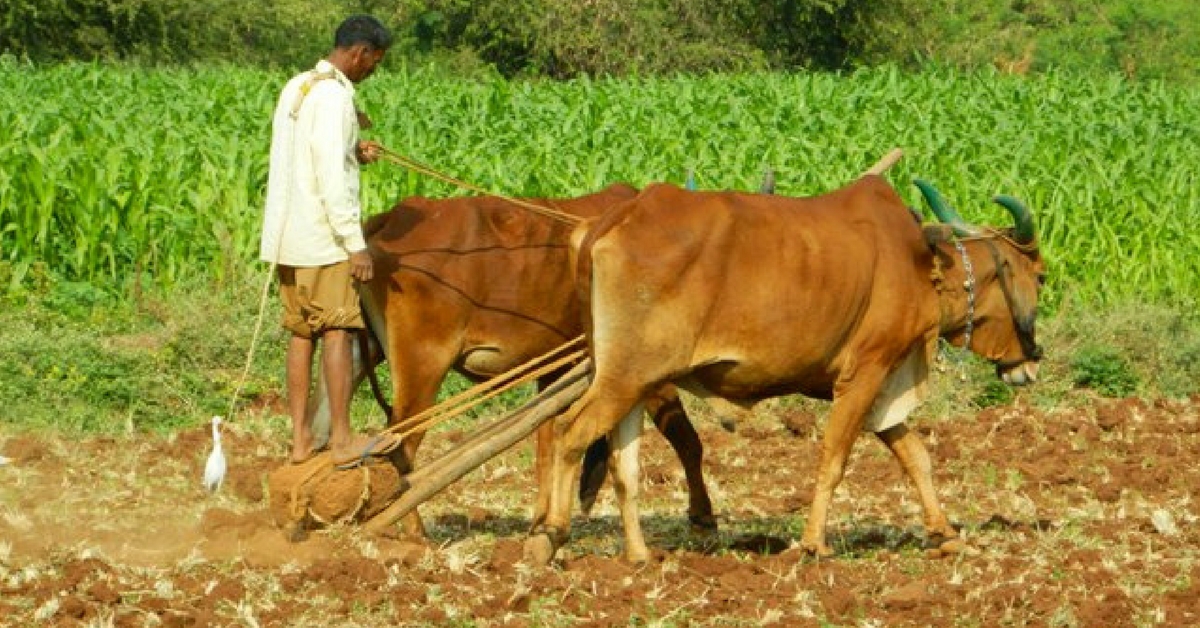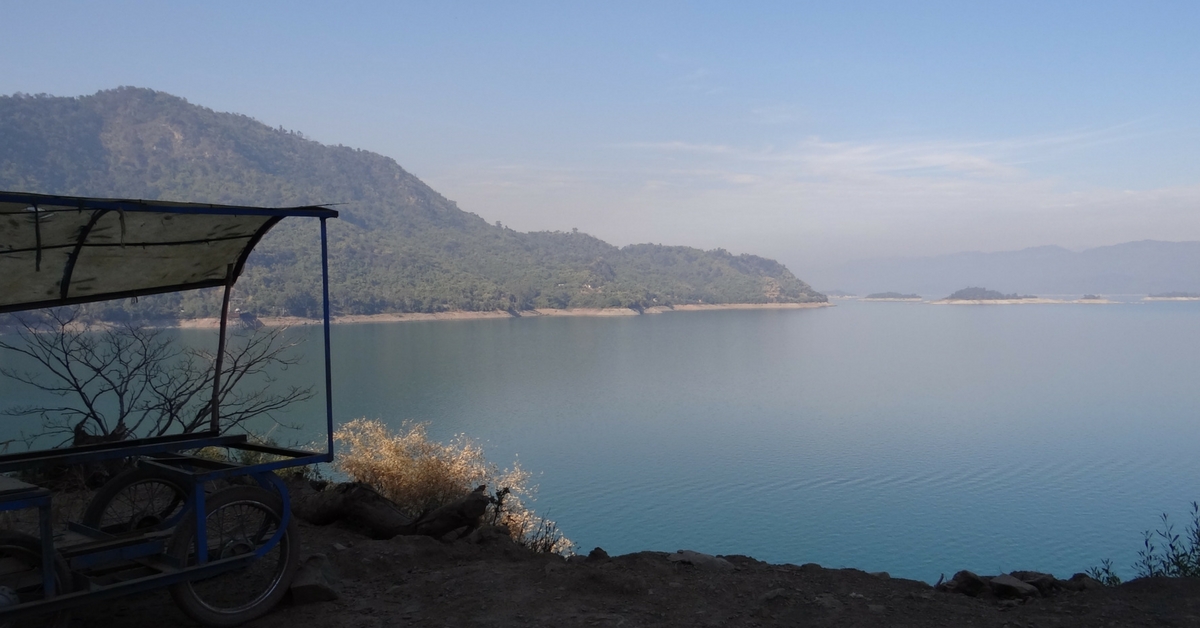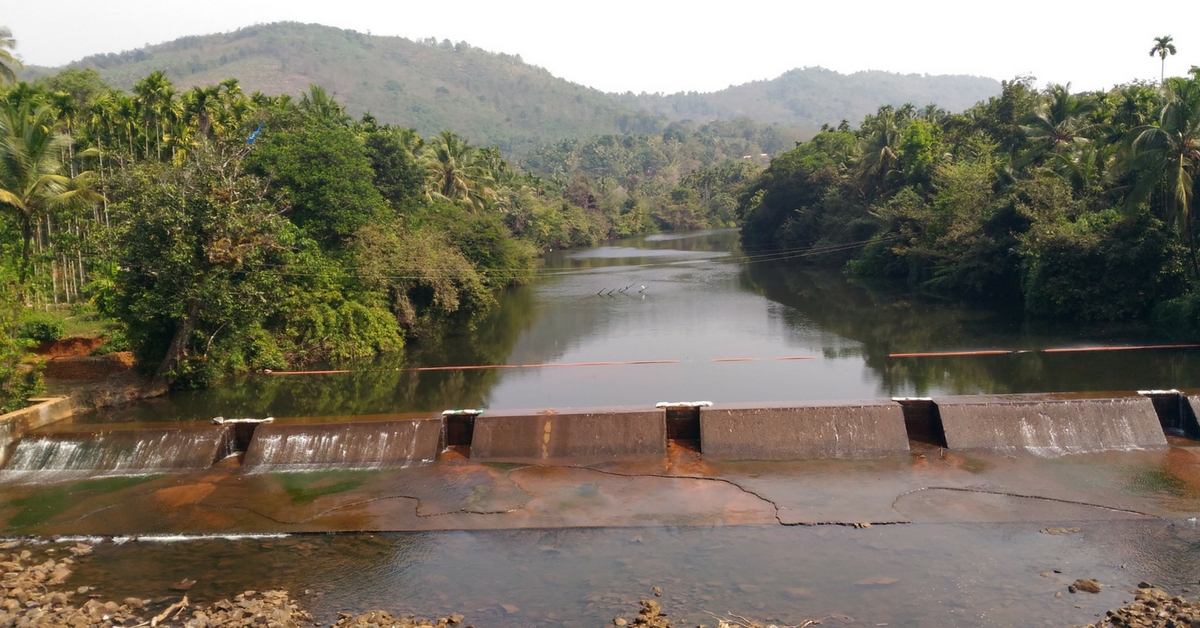5 Times Indian Villages Took Extraordinary Measures to Fight & Defeat Drought
Alternative farming patterns or reverting to traditional methods, simple yet extraordinary measures have saved many a village and district from the calamitous clutches of drought and famine.

Currently amidst one of the worst drought-hit periods in the history of Tamil Nadu, various organisations and collectives from around the country have come together to help the farmers, for whom, it indeed is a matter of life and death. The drought, officially declared in the beginning of 2017, has led farmers to take their own lives or succumb to the stress of not being able to bear with losses.
Many states in India have been victims of drought at some point or the other.

Source: Pixabay
A change in farming pattern, or reverting to traditional methods, there have been instances of small yet extraordinary measures taken by a person, a village or even an organisation that have saved entire villages and districts from the calamitous clutches of droughts and famines.
Here are the 5 times where a simple measure has effectively helped farmers fight droughts and emerge successful.

For representational purposes. Source: Wikimedia
1. How the people of Devagiripatnam dug themselves out of a drought
When a village in Telangana, that had been facing an acute water shortage for as long as 60 years, received no aid from banks and politicians, the local people decided to dig up their own means for survival.
Devagiripatnam, a tiny village in Warangal district, is home to nearly 250 ponds that were dug by the villagers as a last resort to tackle the drought. Luckily for them, their action helped them not just survive drought but also harvest crops biannually. Having no groundwater reserves, that they could use for farming, the farmers formed groups and took to digging small ponds.
The groups shared the cost of digging and also covered the bottom of ponds with layers of crushed stone and sand. So when the rains hit, people could store the rainwater that they could later use to irrigate their patches of land.
Join us to help 20,000 Villagers in drought-hit Nagapattinam by restoring its lakes and ponds
Unable to view the above button? Click here
Beating the odds, the villagers of Devagiripatnam not only survived, but found sustainable measures to remain unaffected by drought. In fact, when they are not raising crops, the farmers breed fish in their ‘hand-made’ ponds and sell in local markets. Taking a cue from their success story, neighbouring villages of Kasimdevipeta, Ramaiahpally and Panchothkulapally are also employing the Devagiripatnam model.

For representational purposes. Source: Wikimedia
2. How an intervention by a local organisation helped farmers in a Odisha village survive drought using traditional methods
In Bargarh district’s parched Paikmal block, more than 500 km from state capital Bhubaneswar, a village is able to cultivate rice and several varieties of vegetables, even during drought. Bringing back the traditional method of using a chahala, a small water harvesting structure, a farmer is able to sell vegetables worth ₹2,000 every week in nearby markets; without resorting to any chemical fertilisers or pesticides in the produce.
This was not always the case. After suffering from sequential droughts that stretched over three decades, the villagers of Kharamal migrated to look for jobs at brick kilns in Andhra Pradesh and farmlands in Haryana, leaving behind a livelihood that had been passed down over generations.
In 2005, an intervention by a local voluntary organisation, Manav Adhikar Seva Samiti (MASS), helped villagers combat drought by implementing their own long-lost traditional methods of water harvesting
With ample support from the organisation, villagers took up various integrated ecological restoration activities that involved gully plugs, plantation on catchment areas and hilly slopes, check dams and revival of defunct water structures. In a span of three years, the villagers were able to expand the cultivable area in the village from around 70 acres to 250 acres.

For representational purposes. Source: Wikimedia
3. How a tank filling scheme rejuvenated 15,000 dried-up wells in a taluk in Karnataka, while rest of the state reeled under the worst hit drought
For a village that had its people quarrel over tap water, supplied once in three days, the story is quite different today. Thanks to a project undertaken by the local head in 2014, the groundwater table in Channapatna taluk was recharged with water from Shimsha river, a tributary of the Cauvery.
Under the project, 65 tanks, including Kanva reservoir and 17 major tanks, were filled with water pumped up from the Iggaluru barrage that stores the water from Shimsha. Within months of filling the tanks, the impact was quite evident and immediate. The rejuvenation of 15,000 dried wells helped to put farming operations in the parched taluk, known for its sericulture, beetle leaves and coconut farming, back on track.
Finally, after suffering from the lack of drinking water for over 18 years, the villagers could breathe a sigh of relief.

For representational purposes. Source: Wikimedia
4. How a village in Madhya Pradesh conserved water by adopting alternative farming practices
Falling under the worst drought-affected district in the region, this village in Tikamgarh managed to keep the perils of drought at bay by tweaking its farming practices. Grown crops like wheat and soya bean which guzzled up water had resulted in water levels dropping along with the yield. Finally, the villagers of Gayajeetpura, acting on the advice of an NGO, started replacing a part of their crop share with organic horticulture.
This change helped the farmers optimize the use of water effectively. They also adopted the concept of contour farming, wherein they created small slopes on their fields and planted vegetables in close rows. The implementation of this method is vital, as a wider area is covered with the water trickling down all over the slopes.
Join us to help 20,000 Villagers in drought-hit Nagapattinam by restoring its lakes and ponds
Unable to view the above button? Click here

For representational purposes. Source: Wikimedia
5. How a doctor saved his village from drought by raising money and building dams
By building 11 check dams across rivers and nullahs within a 10 km radius of Fatehgarh, Madhya Pradesh, Anil Joshi, an Ayurvedic doctor, saved the lives of farmers affected by prolonged droughts. As Anil realised, each successful harvest was followed by years of drought due to which the farmers were adversely affected. To help the community, he suggested the concept of check dams, which help rainwater percolate into the ground, hence increasing the groundwater level. After much struggle, his effort helped the farmers, if at all in a small way.
This prompted the doctor into thinking that the solution for the drought could only be a permanent dam.
In 2010, along with the villagers of Somli, he managed to raise ₹1 lakh for building a permanent check dam, by collecting ₹1 from each villager. Not only was the village be salvaged from the drought, the doctor went on to build 10 more dams in Fatehgarh and plans on building more.
Like this story? Or have something to share? Write to us: [email protected], or connect with us on Facebook and Twitter.
NEW: Click here to get positive news on WhatsApp!
This story made me
-
97
-
121
-
89
-
167
Tell Us More
We bring stories straight from the heart of India, to inspire millions and create a wave of impact. Our positive movement is growing bigger everyday, and we would love for you to join it.
Please contribute whatever you can, every little penny helps our team in bringing you more stories that support dreams and spread hope.



















